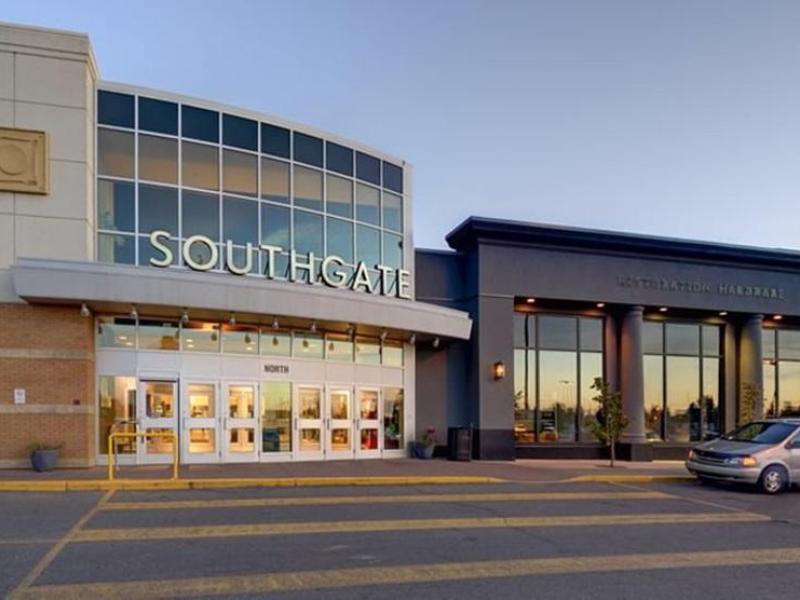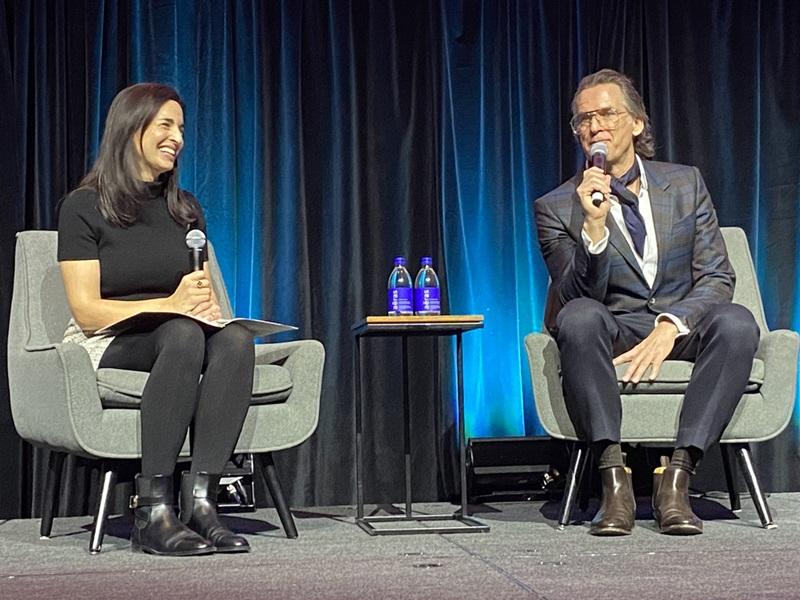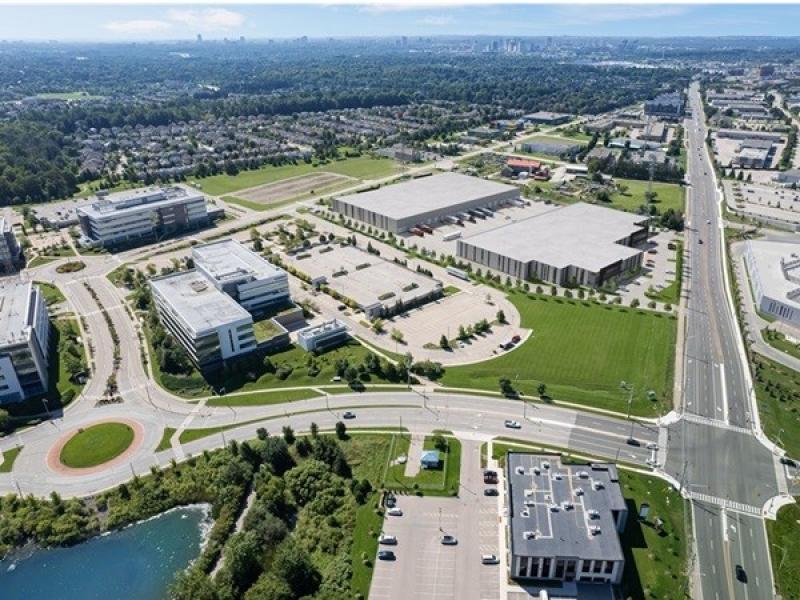For years, office-to-residential conversions have been viewed with skepticism as too costly, too complex, too unpredictable. But in cities like Kitchener and across Southwestern Ontario, that mindset is beginning to change.
What if the real story isn’t that conversions are inherently risky, but that we’ve been asking the wrong questions?
A new way of thinking is taking shape. One that sees aging office stock not as liabilities, but as latent opportunities waiting to be unlocked.
The key is recognizing the difference between a forced conversion and a project W.I.D.R.: When It’s Done Right.
Why the old model no longer works
Traditional office markets across mid-sized cities have been in slow decline.
In downtown Kitchener for example, vacancy rates in older office towers now exceed 30 per cent. With physical occupancy remaining well below pre-pandemic levels and hybrid work here to stay, the market has shifted but much of the building stock hasn’t.
What else hasn’t shifted, until recently, is the investment mindset.
W.I.D.R. When It’s Done Right
The most successful conversions don’t attempt to retrofit the wrong building, they start with the right one. W.I.D.R. projects tend to share four core traits:
- Structure: Reinforced concrete frames, tall ceilings, and expansive windows that naturally lend themselves to residential use.
- Layout: Centre-core floor plates and logical egress routes that enable clean unit divisions and open, light-filled interiors.
- Infrastructure: Buildings that allow for full replacement of plumbing, electrical and mechanical systems — not just patchwork upgrades.
- Municipal alignment: Support from the city, especially when projects align with intensification goals and reduce environmental impact.
In one recent downtown Kitchener example, these traits came together to deliver over 160 new loft-style rental units in a former office tower.
The result: high tenant satisfaction, faster leasing, and a long-term asset that now fits the needs of the city and the market.
From resistance to readiness
The biggest early challenge in these projects isn’t structural, it’s psychological: The fear of risk. The sense that it’s safer to hold or demolish rather than reimagine.
But municipalities are beginning to come onside.
In the right context, adaptive reuse actually accelerates permitting: no demolition, no new footprint, and a smaller carbon load.
The new W.I.D.R. mindset reframes complexity as opportunity, especially when you engage experienced tradespeople who understand conversion logistics.
Building for the Future
As Southwestern Ontario cities grow, the office market of the past won’t meet the housing needs of the future.
Not every building is right for conversion, but many are closer than you think and when approached strategically, they represent one of the most efficient and sustainable paths to urban revitalization.







